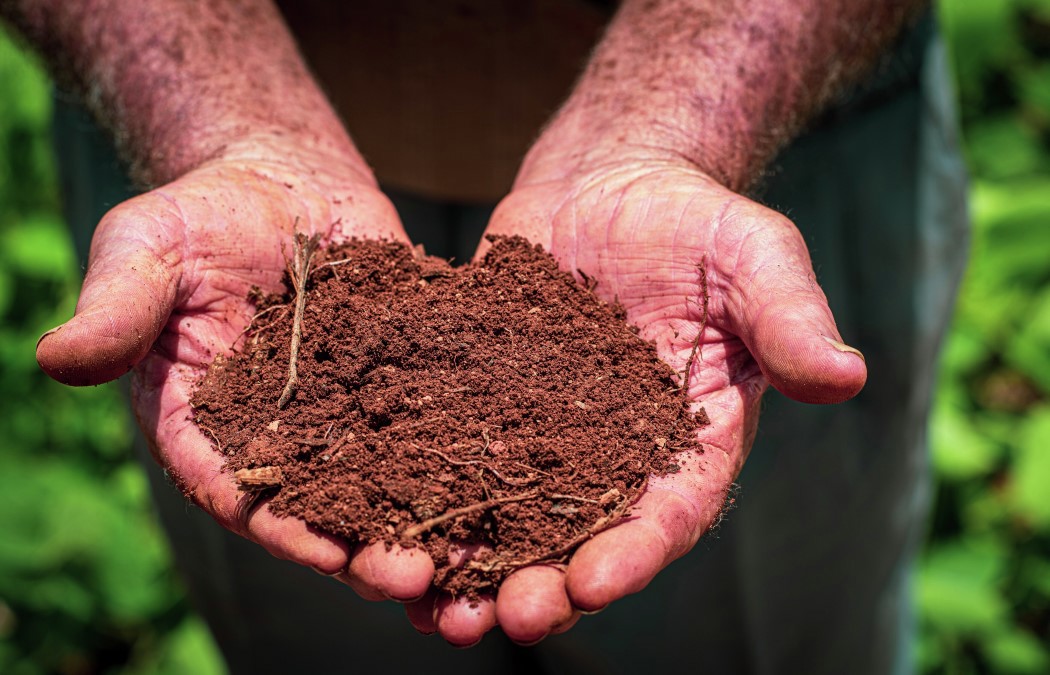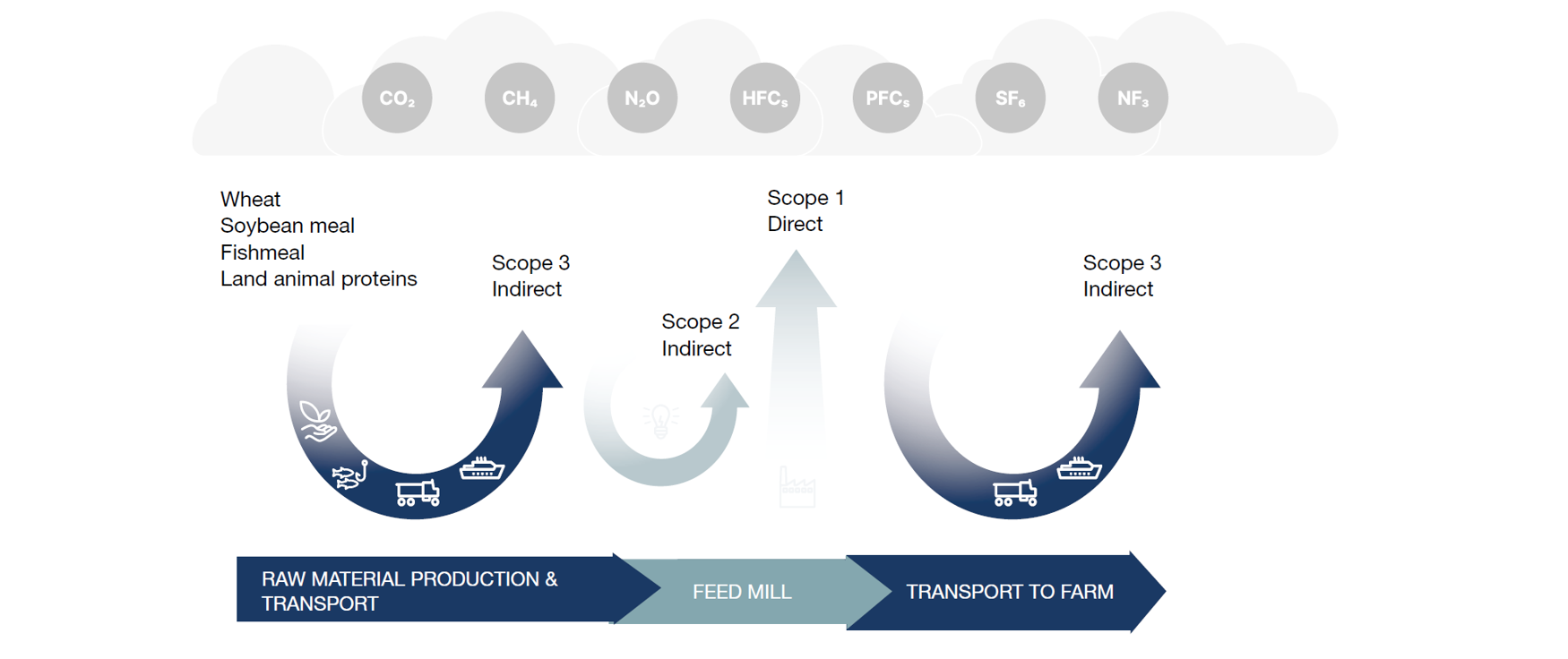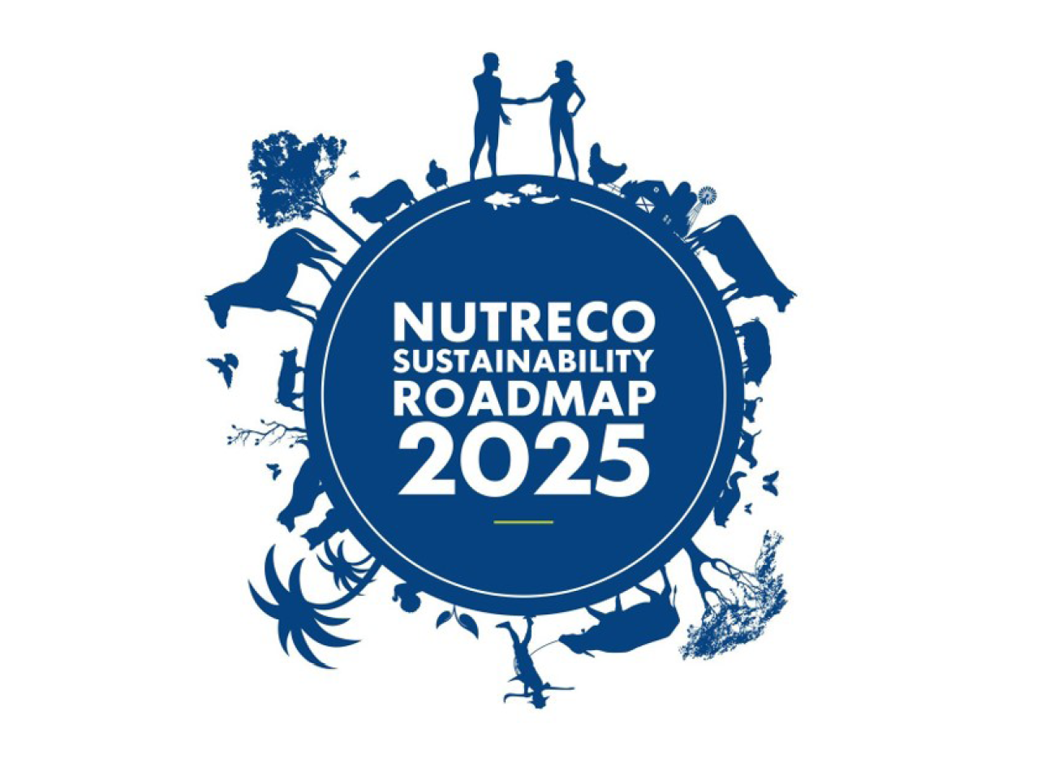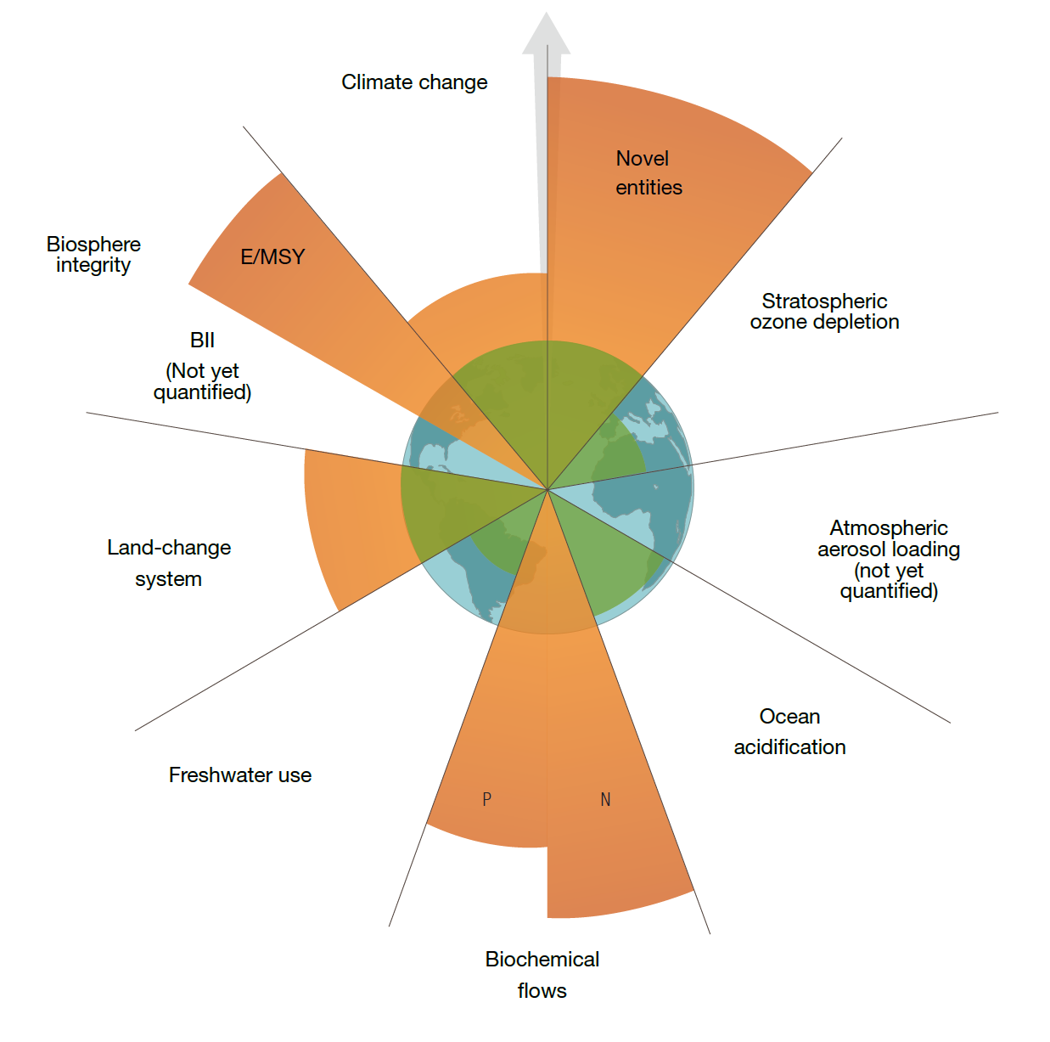
Climate and Footprinting: Our approach
Natural resources are physically limited as well as the capacity of nature to cope with anthropogenic emissions. In this respect, the global community needs to find a way to not only limit but also actively reduce its environmental footprint in order to guarantee a future worth living for the generations to come. This is nowadays widely accepted and internationally agreed. With the Paris Agreement, for example, the world governments committed to limit global temperature rise to well below 2°C above pre-industrial levels and pursuing efforts to limit global warming to 1.5°C. In 2021, however, global temperature was already 1.2°C above this baseline, showing that there is not much room left. The message is clear: We need to act now!



